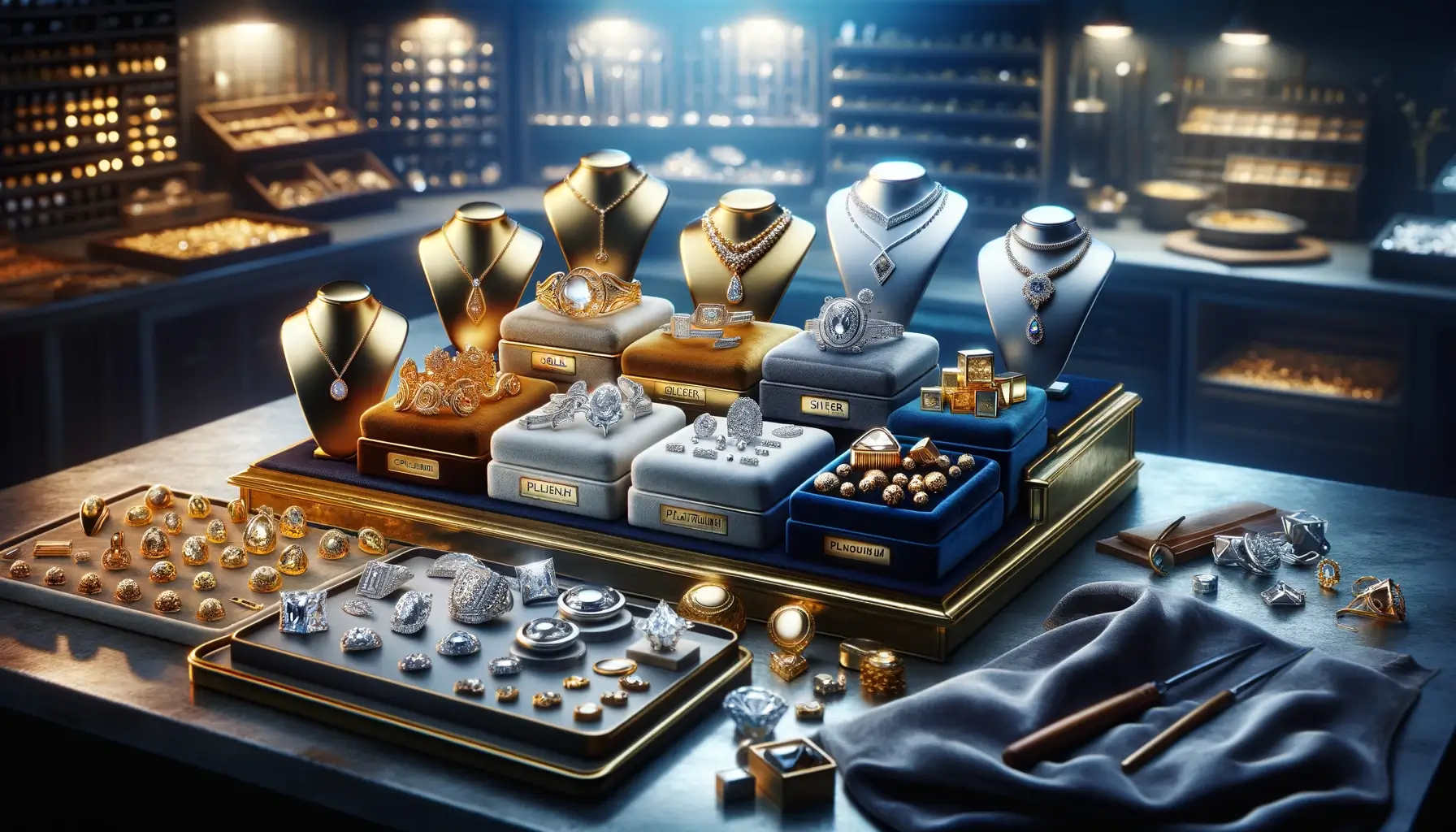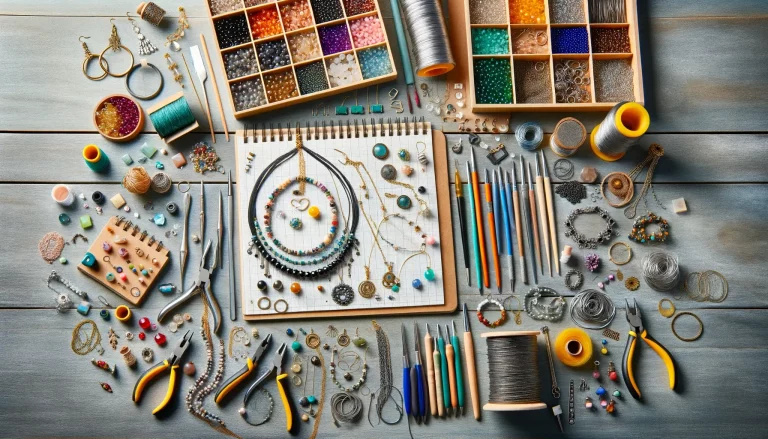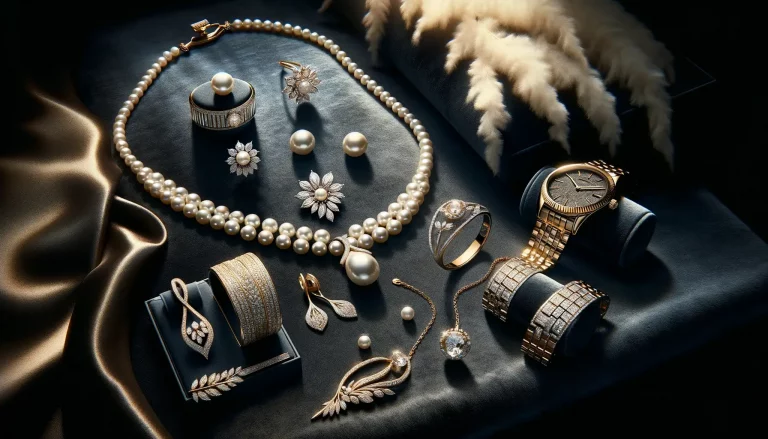The art of jewelry making has evolved over centuries, and the choice of metal is a crucial aspect that can significantly influence the beauty, durability, and value of a piece. Precious metals have been coveted throughout history for their unique properties, and the top 5 precious metals used in fine jewelry making are gold, silver, platinum, palladium, and rhodium.
Gold:
Gold has been prized for its luxurious appearance and exceptional malleability, allowing it to be crafted into intricate designs. It is resistant to tarnish and comes in various colors, including yellow, white, and rose, depending on the alloying process. The purity of gold is measured in karats, with 24 karat being pure gold. However, for jewelry making, 14k and 18k gold are commonly used as they strike a balance between purity and durability.
Silver:
Silver is valued for its bright luster and affordability. Sterling silver, an alloy comprising 92.5% silver and 7.5% other metals, is commonly used in jewelry. It is malleable and versatile, making it suitable for a wide range of designs and styles. Silver’s affordability allows for more accessible fine jewelry options compared to other precious metals.
Platinum:
Known for its rarity and natural white luster, platinum is a highly durable and weighty metal. It is hypoallergenic and resistant to tarnishing, making it an excellent choice for setting precious gemstones. Platinum jewelry is typically made with 95% platinum and 5% alloy metals, ensuring longevity and a luxurious feel.
Palladium:
Palladium, a member of the platinum group metals, offers a lighter alternative to platinum. It is durable, hypoallergenic, and has a similar white luster to platinum. Palladium has become increasingly popular for fine jewelry, particularly for wedding bands and engagement rings. Its natural white color and resistance to tarnish make it an excellent option for those seeking a platinum-like look without the weight or higher price point.
Rhodium:
Rhodium is not widely known as a primary metal for jewelry making but is often used as a plating for other jewelry metals. Rhodium plating on white gold or silver enhances durability, shine, and protects against tarnish and scratches. It adds an extra layer of protection and gives jewelry a reflective white surface. Rhodium’s unique property makes it a valuable asset in fine jewelry making, though it is typically used in combination with other metals.
In summary, each of these precious metals offers distinct qualities that make them indispensable in the creation of fine jewelry. When selecting a piece of fine jewelry, consider the metal’s durability, beauty, and value. Whether you prefer the timeless elegance of gold, the affordability of silver, the exceptional durability of platinum, the lightness of palladium, or the protective shine of rhodium, the choice of metal is an essential factor that contributes to the overall appeal and longevity of your cherished piece of jewelry.


